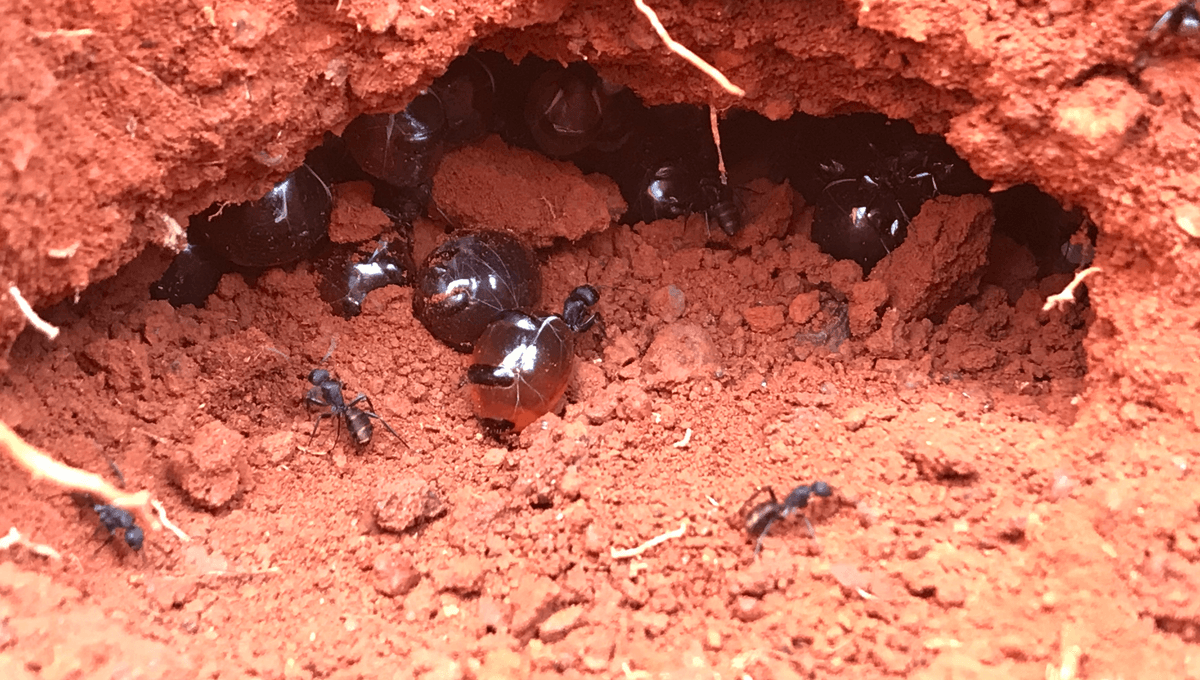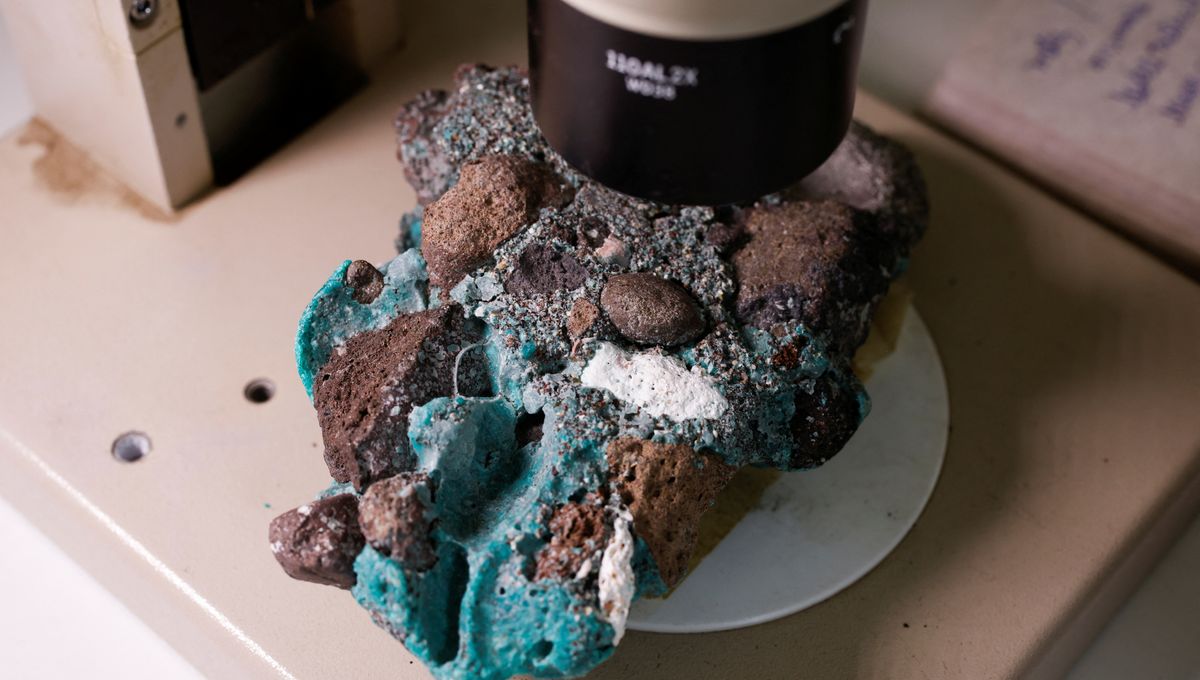Ants in harsh conditions on four continents have developed a fascinating strategy to store sugars for long periods between plant flowerings. Some worker ants become living larders, filled by their siblings with nectar and other sources of sugar until their abdomens are swollen with honey.
During difficult times, the other ants obtain their calories by having these honey-filled ants regurgitate their precious liquid sugar. It may seem inefficient and even a bit horrifying to us, but this technique has evolved independently in several genera, suggesting that it is well-suited to the environment compared to bees’ honeycombs.
“For our people, honey ants are more than just a food source. Digging for them is a very enjoyable way of life, and a way of bringing the family together,” said Danny Ulrich, who runs honeypot ant tours from Kalgoorlie, Australia.

Dr Kenya Fernandes and Professor Dee Carter of the University of Sydney were intrigued by these claims and decided to test the honey’s activity. “Our research shows that honeypot ant honey possesses a distinctive effect that sets it apart from other types of honey,” said Dr Fernandes.
The researchers found that the honey kills Staphylococcus aureus, better known as golden staph. This bacterium has been a major adopter of antibiotic resistance, making it one of the most studied disease-causing microbes. However, honey ant honey is not the first natural substance found to affect golden staph. What is remarkable is that the honey appears harmless to many other bacteria.
“This is highly unusual,” said Carter. “Generally, if a type of honey works on one bacterium, it will work on others. We think this specificity may have evolved so ants can maintain a beneficial microbiome.”
Manuka honey, made by ordinary bees that feed on New Zealand’s Manuka tree nectar, is highly valued for its medicinal effects and scarcity. However, honey ant honey would be the true liquid gold. The ants live in such tough environments that honey production is very limited. Carter believes that farming these ants is not feasible due to the complexity of their ecosystem.
The only option is to identify the compounds that give the honey its medicinal effect and synthesize them. While not as romantic as honey from the desert, it would be a more affordable option.
Being force-fed until their bodies are swollen may seem cruel, but Carter suggests that it could also be the cushy gig of the ant world. Safe underground from predators and the scorching Australian sun, these ants are like the “couch potatoes of the ant world.” The role in the colony with the best life expectancy remains unstudied.
The study is published open access in the journal PeerJ.








